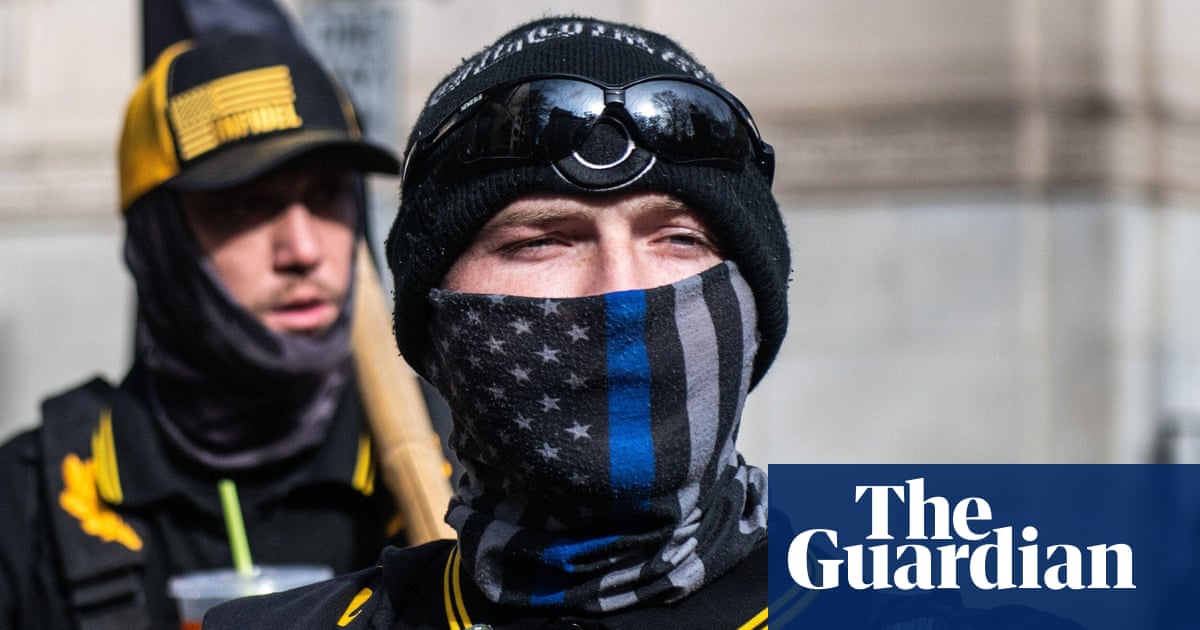
"Today's extremist styles are more diverse and more subtle. Beyond T-shirts that advertise blatant racism, polo shirts with coded symbols create a shared in-group identity and signal support of violence to other believers. Tradwife-style prairie dresses and beauty regimens promote conservative visions of family. Clothing is a powerful tool to spread fascist ideas to promote authoritarianism and recruit new members to this cause."
"The far right's weaponization of fashion to advance hateful ideas is not new. Fascist movements have long understood the power of aesthetics. In 1920s Italy, Benito Mussolini harnessed black shirts and the ancient Roman symbol of the fasces (a bundle of sticks with an axe, which stands for power and authority) to build his power and his brand. German clothier Hugo Boss, a card-carrying Nazi, designed the uniforms of the Schutzstaffel (SS) paramilitary and the Hitler Youth. Hate came with a slick, tailored look."
Extremist movements now use subtle, mainstream fashion to convey ideology, replacing overt symbols with coded clothing that signals violence-support and shared identity. Polo shirts with coded symbols, tradwife dresses, and beauty regimens promote conservative family visions and normalize authoritarian values. Historical fascists similarly used aesthetics—Mussolini's black shirts and fasces, Hugo Boss's Nazi uniforms, and the Ku Klux Klan's robes and burning crosses—to build power and brand. Skinhead successors in the 1980s repurposed bomber jackets, shaved heads, and combat boots as militarized style. Since 2017, fascist fashion has become more accessible and mainstream, with right-wing groups creating branded labels.
Read at www.theguardian.com
Unable to calculate read time
Collection
[
|
...
]